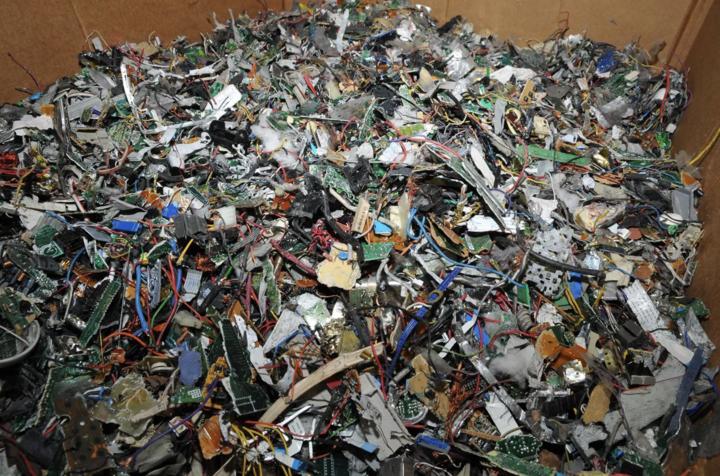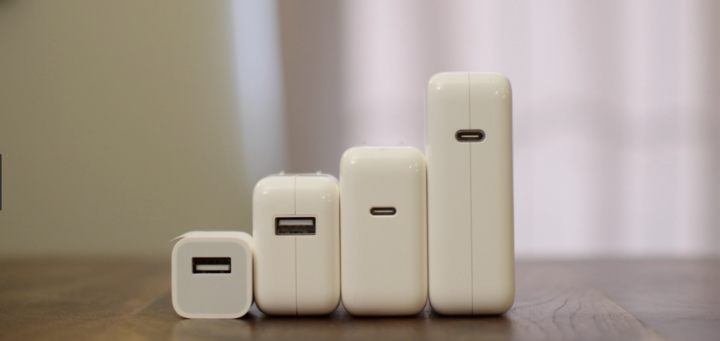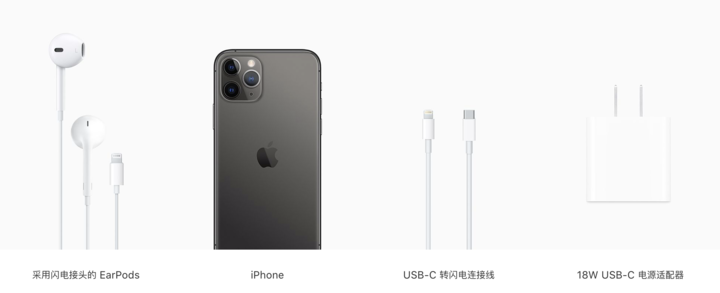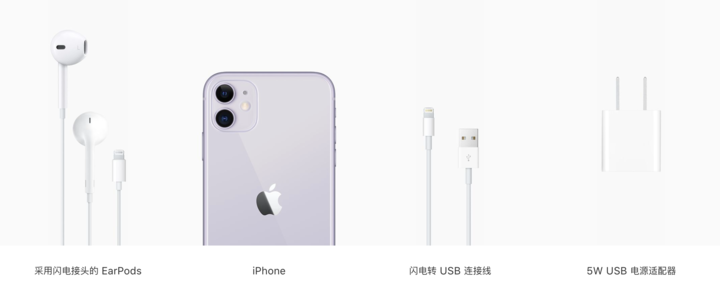A few days ago, there was a message on the Internet that the EU will introduce a mandatory unified use of the USB-C interface. Many people will Guess Whether Apple has always insisted on using Lightning, this policy will make a sharp turn this year, replacing the iPhone interface with USB-C.
However, although there are various speculations on the possibility of changing the iPhone interface on the Internet, whether Apple will change the iPhone interface for this reason, in fact, you need to read the EU’s law carefully to know.
It’s like this …
On January 13th, European Commission holds a meeting , with plans to power the EU The adapter’s interface uses USB-C uniformly to replace USB-A, which has been used for many years. The introduction of this rule by the European Union is to reduce the trouble of consumers during their travels and to reduce the electronic waste caused by the interface replacement. Although there are only three types of power adapter interfaces on the market today, the number of chargers scrapped every year 51,000 metric tons.

▲ Some e-waste Pictures from: CNET
On the other hand, Margrethe Vestager, the head of the EU ’s antitrust authority, stated in a 2018 statement that the unified interface will help the EU advance mobile phone manufacturers ’actions on universal chargers. In fact, this is not the first time that the European Union has promoted the unification of charger interface specifications. As early as 2009, the European Union signed a memorandum requiring all mobile phone power adapters to use USB-A specifications.
However, it may be because everyone has high expectations for the use of USB-C for the iPhone. As soon as the statement came out, there were rumors that Apple would replace the Lightning interface of the iPhone as a compromise to the new EU regulations. However, in fact, the EU statement does not require that all devices use USB-C, but only requires that power adapters must uniformly use USB-C as a universal charger format.
So, the new EU regulations will not affect the presence of Lightning on Apple devices.

▲ Apple charger interface specifications
On the one hand, at present, Apple only uses Lightning in devices, including mobile phones, tablets, and headsets, which are configured in the device and not used in power adapters. The requirements of the EU for the power adapter do not specify the interface of the device itself, so Apple needs to change the specifications of the device charger interface, not the device itself.
In addition, from the specifications of the charger, Apple has alreadyThe iPhone 11 Pro series, iPad Pro, and MacBook series are equipped with a USB-C charger, which has already met the requirements of the new EU regulations for chargers. With the exception of iPhone 11 and a few devices that still use USB-A chargers, other devices have USB-C as standard.

 < / p>
< / p>
▲ iPhone 11 Pro is equipped with 18W USB-C charger + cable, while iPhone 11 is still 5W USB-A
Charger + cable
Thus, the new EU regulation does not affect the Apple device itself, but the cable interface format of the charger and its pair. At present, such as iPhone 11, Apple Watch, iPad, etc. are equipped with USB-A standard cables and data cables. After the new EU regulations are introduced in the future, the cables and chargers that come with these devices are expected to become USB- C.
Of course, we have analyzed more than one reason why Apple has been “sticking” to the Lightning interface. One of the important reasons is that Apple can rely on the control of the Lightning interface, so that Get a very significant revenue from accessories sales and licensing .

▲ Picture from: Naztech
On the other hand, in the case that Lightning is not too inferior to USB-C, Apple will not significantly change the Lightning interface that has been used in mobile phones, tablets, headphones and other accessories. After all, replacing the interface brings In addition to the change in device form, the problem of fragmentation of the interface ecology also needs to be considered. If not all Lightnings are replaced with USB-C “one size fits all”, then users will actually need to bring two types of cables when going out.
So, now we can see more of Apple’s classification of interfaces: most daily application devices use Lightning (iPhone, iPad, AirPods), and the devices that are given the “productivity tool” attribute are USB- C (iPad Pro, MacBook). In addition to the higher power current input, the latter also needs more efficient transmission speed. This is the absolute advantage of the USB-C interface compared to Lightning. It is also a place where Apple’s similar devices are differentiated. .

▲ useUSB-C iPad Pro can be directly connected to Sony camera to export photos
In the final analysis, the new EU regulations will not affect the interface of Apple devices, but will push Apple to standardize USB-C chargers in subsequent devices (5W chargers may also be replaced) . It ’s hard to say whether Apple will use USB-C on iPhone, because there are many indications Apple’s future device should be Moving towards “no interface” instead of replacing the interface.
Although you and I hope that USB-C will appear on this year’s iPhone, Apple seems to be pursuing more than we think.